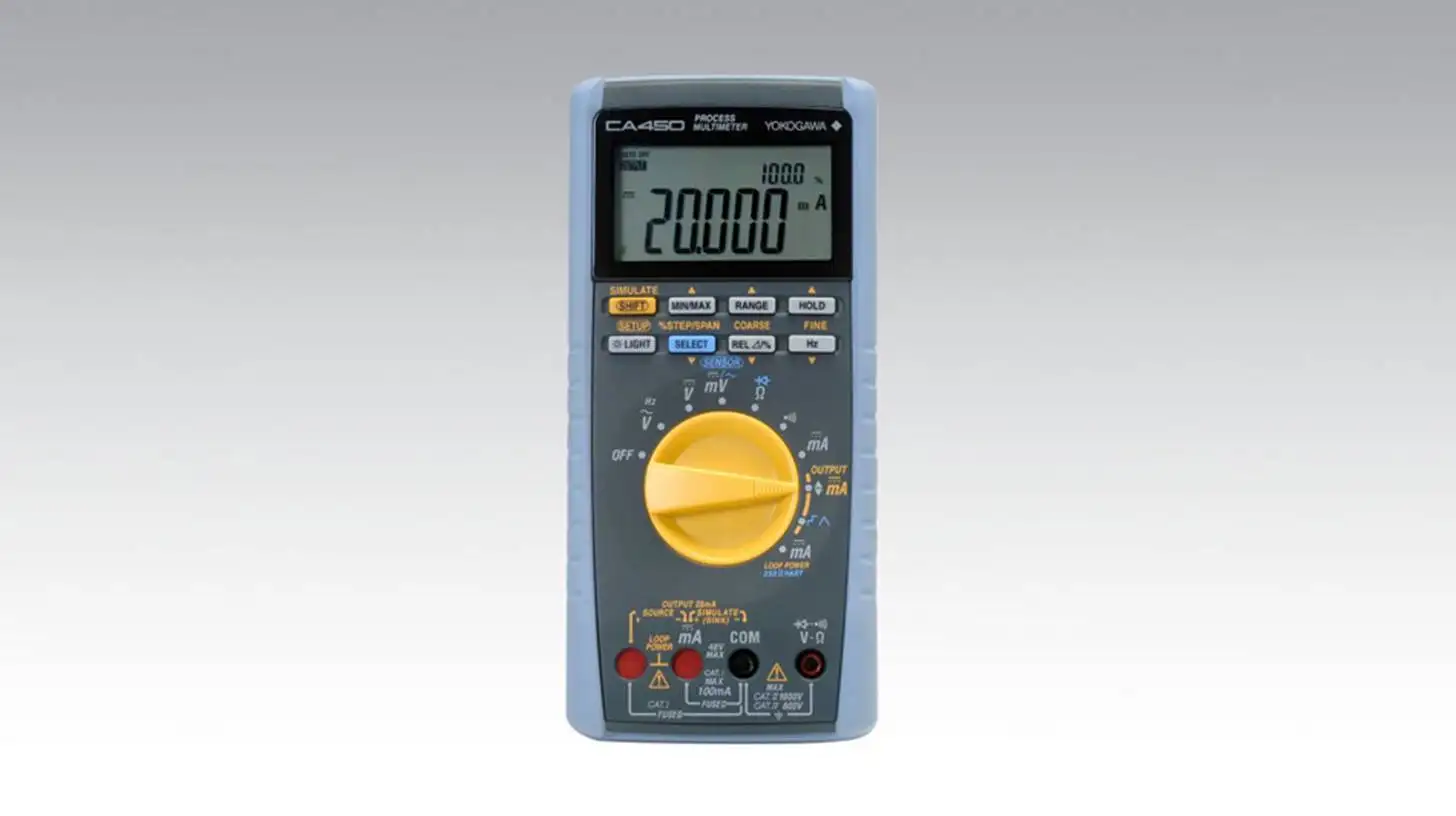What is the process for using a multimeter to check car battery amps? Using a multimeter to check your car battery’s amps involves setting the multimeter to the correct setting, connecting it properly, and interpreting the readings. This method helps you assess your battery’s health and performance, ensuring your vehicle operates efficiently.
What is a Multimeter and Why is it Used?
A multimeter is a versatile instrument used to measure voltage, current (amps), and resistance in electrical circuits. It is essential for diagnosing electrical issues in vehicles, including checking the health of a car battery. By measuring the current draw or charging rate, you can determine if your battery is functioning properly.
How Do You Set Up the Multimeter for Measuring Amps?
To measure amps with a multimeter, follow these steps:
- Select the Correct Setting: Turn the dial on your multimeter to the “A” setting for amperes. If your multimeter has multiple ranges, choose one that can measure higher currents (e.g., 10A).
- Connect Probes Correctly: Insert the red probe into the “A” port (usually marked for high current) and the black probe into the COM port.
- Prepare for Measurement: Ensure that all connections are secure and that you are ready to connect the multimeter in series with the battery circuit.
How Do You Measure Amps in Your Car Battery?
To measure amps accurately, follow these steps:
- Turn Off All Accessories: Ensure that all electrical accessories in your vehicle are turned off.
- Disconnect Battery Terminal: Start by disconnecting one of the battery terminals (negative or positive).
- Connect Multimeter in Series: Connect one probe of the multimeter to the battery terminal you just disconnected and connect the other probe to the terminal of the battery cable.
- Read the Display: Observe the reading on your multimeter. This value indicates how many amps are flowing through your battery.
What Do Your Multimeter Readings Mean?
Understanding what your multimeter readings indicate is crucial:
- Normal Range: A reading between 12A to 15A during charging indicates a healthy battery.
- Low Reading: A reading below 10A may suggest that your battery is not charging properly or is nearing failure.
- High Reading: If you read an unusually high number of amps when starting your vehicle, it may indicate excessive current draw, which could lead to potential issues.
| Reading (Amps) | Interpretation |
|---|---|
| 12-15 | Normal charging |
| Below 10 | Potential battery failure |
| Above 15 | Excessive current draw |
Why Is It Important to Check Car Battery Amps Regularly?
Regularly checking your car battery’s amps can help you:
- Prevent Failures: Early detection of issues can prevent unexpected breakdowns.
- Extend Battery Life: Monitoring helps ensure that your battery operates within safe parameters.
- Optimize Performance: Keeping track of amp readings allows for better vehicle performance and reliability.
How Often Should You Check Your Car Battery Amps?
It’s advisable to check your car battery amps at least once every few months or before long trips. Additionally, perform checks if you notice any signs of battery trouble, such as slow engine cranking or dimming lights.
What Other Tests Can You Perform on Your Car Battery?
In addition to measuring amps, consider performing these tests:
- Voltage Test: Use a multimeter to check voltage levels; a healthy car battery should read around 12.6V when fully charged.
- Load Test: This test assesses how well your battery performs under load conditions; many auto parts stores offer this service.
Industrial News
The automotive industry continues to shift towards electric and hybrid vehicles, increasing demand for advanced battery technologies. Recent innovations focus on improving lithium-ion batteries’ efficiency and lifespan while reducing environmental impact. Additionally, manufacturers are enhancing charging systems and developing smart technologies that monitor battery health in real-time.
Redway Expert Insights
“Regular maintenance and testing of your car’s battery are crucial for ensuring optimal performance. Using a multimeter not only helps diagnose issues but also empowers vehicle owners to take proactive measures in maintaining their cars,” states Dr. John Smith, an expert in automotive technology.
FAQ Section
How do I know if my multimeter is set correctly?
Ensure it is set to measure amps (A) and that you have selected an appropriate range if applicable.Can I use my multimeter on a live circuit?
Yes, but be cautious; ensure proper connections and settings to avoid damaging the multimeter or causing shorts.What should I do if my readings seem off?
Double-check all connections and settings on your multimeter; if problems persist, consider consulting a professional mechanic.Is it safe to check my car battery with a multimeter?
Yes, as long as you follow proper safety precautions and ensure that connections are secure before powering on any devices.



